Nationality Polish Notable work Patrons = | Name Jan de | |
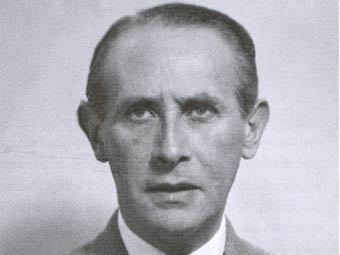 | ||
Born February 25, 1891 ( 1891-02-25 ) Warsaw, Russian Empire Died August 22, 1982, United States of America | ||
The Decapitated Head song
Jan Henryk de Rosen (February 25, 1891 – August 22, 1982) was a Polish painter and patriot, who became well known for his mural and mosaic works, in exile and active in the United States after 1939.
Contents

Early life

Jan Henryk de Rosen was born in the Russian occupied (Partitions of Poland) Warsaw, Poland to the painter Jan Rosen and Wanda née Hantke, both scions of Polish esteemed Jewish families that had converted to Calvinism in the 19th century, however Jan Henryk converted to Catholicism later on in life. His father was a very active Polish historical and genre painter, who amongst other activities worked as painter at the court of the last Czars of Russia, Alexander III and Nicholas II, but his work was mostly dedicated to the Polish historical military history (like other Polish painters Józef Brandt, Juliusz Kossak, Wojciech Kossak, Zygmunt Rozwadowski etc.) and is often used in history textbooks today. Early in his childhood Jan Henryk went to live with his two sisters, Maria and Zofia (she became a noted sculptor), in Paris, France, and it is said that he initially wrote poetry before deciding to devote himself to painting. During the First World War he first joined the French Army, 11th regiment of cuirassiers, fighting at the battles of Ypres and Somme, then he actively promoted the Polish forces in France known as the Blue Army and joined Polish Army. For his military services he was awarded Polish Virtuti Militari cross and Cross of Valour, French Legion of Honour and Croix de guerre.
Painting career

Since 1921 he studied painting in Warsaw and had his first major exhibit the same year, while working for the Polish Foreign Affairs ministry. In 1925 had another major exhibition at Zachęta gallery in Warsaw, and upon seeing his spiritual work Armenian archbishop Józef Teodorowicz of Lwów asked him do paint the murals inside the restored Lwów's Armenian Cathedral; the work he finished in 1929, along with another Polish artist Józef Mehoffer who painted the ceilings there. After that major work, Jan Henryk continued with his religious art in Poland and abroad, amongst others he painted murals at the Kahlenberg's Chapel of Saint Joseph near Vienna, Austria, and at the request of Pius IX two murals at papal residence at Castel Gandolfo. During the 1930s Jan Henryk taught, as a professor of art, at the Lwów Politechnic University(Lviv Polytechnic). Jan Henryk came to United States in 1939 at the request of the Polish ambassador count Jerzy Potocki to paint murals at the Polish embassy in Washington showing king Jan III Sobieski at Vienna, and also some decorations for the Polish Pavilion at the World's Fair.
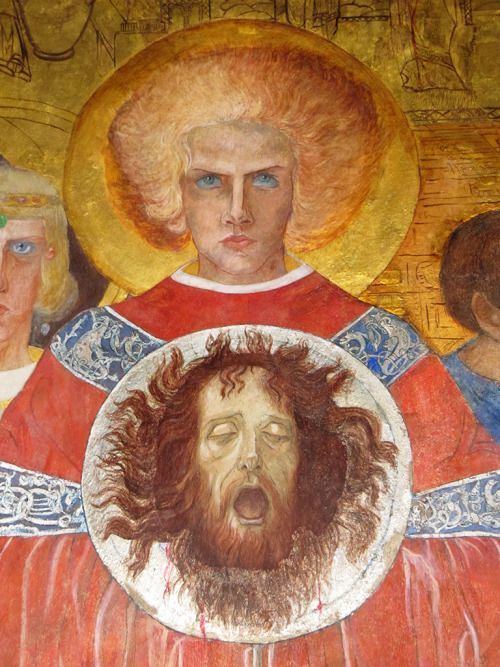
The outbreak of World War II followed by Germans and Soviet Union occupation of Poland and then the communist takeover of Poland prompted de Rosen to stay in the US rather than go back home. He later became a professor of church art at the Catholic University of America and a corresponding member of the Polish Institute of Arts and Sciences of America. He continued painting religious and other works of art throughout his later life while living in the United States, amongst others Jan Henryk painted a canvas of saint Stanislaus of Szczepanów for pope John Paul II.
Work
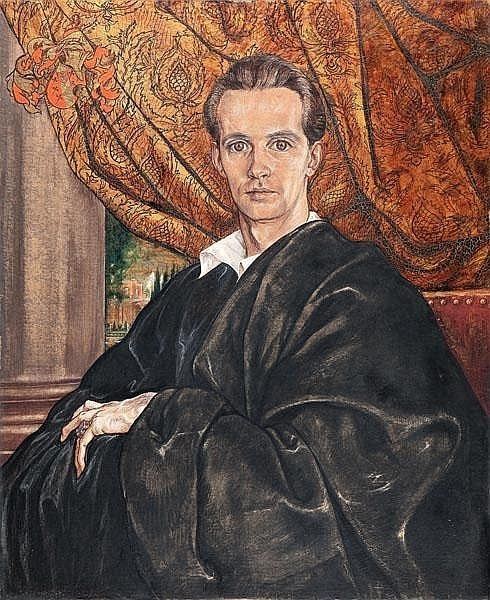
Jan Henryk de Rosen designed so many murals and mosaics for churches and cathedrals over the span of his 50-year career that the artist claimed to have lost count, noting that "The total of my paintings and mosaics, I suppose, is like the pebbles on the shore of the sea."
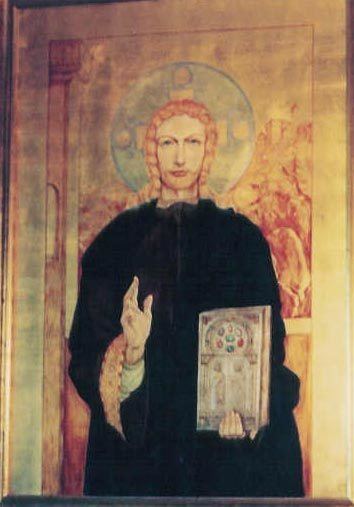
Among his decorations and paintings are: chapel in the Theological Seminary of L'viv (1929–30), chapel of King Jan Sobieski at Kahlenberg near Vienna (1930); pictures in the art museums of L'viv, Lublin and Bydgoszcz.
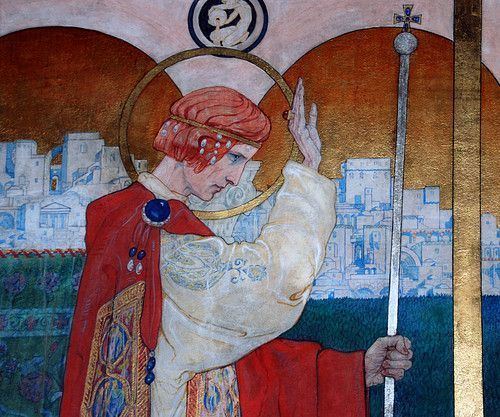
Pope Pius XI commissioned de Rosen to paint murals in his private chapel at Castel Gandolfo. The painting at the Pope's summer residence make de Rosen the first painter to paint murals in the Pope's chapel since Michelangelo.
Other murals and mosaics created by de Rosen may be seen at
Other principal works by Jan Henryk de Rosen in the United States can be seen in Buffalo, Memphis, Pittsburgh, and in the California cities of La Jolla, Hollywood, Pasadena, Eagle Rock, Monterey Park, Vallejo and Sacramento. One of his greatest creations is hailed as the largest mosaic in the world, the dome of the New Cathedral in St. Louis, MissouriOur Lady Queen of the Most Holy Rosary, Toledo, Ohio.
Many of De Rosen's murals were in durable wax tempera (a mixture of pigment and beeswax liquefied by alcohol) set in fields of shimmering gold leaf, on plaster. Interestingly enough, De Rosen is said to have used Dutch beer to liquify the wax.
